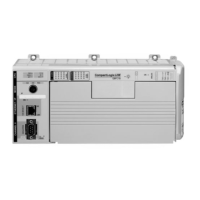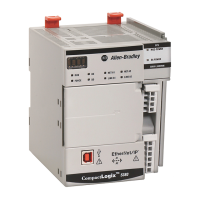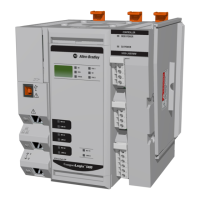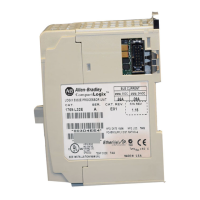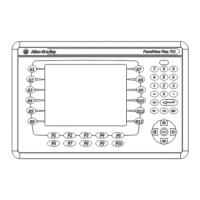
Do you have a question about the Allen-Bradley 1768-L43 CompactLogix 5343 and is the answer not in the manual?
| Power Supply | 24V DC |
|---|---|
| Ethernet/IP Ports | 1 |
| Ethernet Port Speed | 10/100 Mbps |
| Series | CompactLogix |
| Processor Type | CompactLogix 5343 |
| Memory | 3 MB |
| Operating Temperature | 0 to 60 °C (32 to 140 °F) |
| I/O Modules Supported | Compact I/O |
| Certifications | CE |
| I/O Capacity | Up to 30 modules |
Overview of the Logix Designer application and its environment, used for programming Logix5000 controllers.
Explains the manual's scope and content, focusing on accessing I/O and tag data in Logix5000 controllers.
Feature to compare physical modules with configured ones to prevent communication mismatches.
Explains two connection methods for I/O modules: direct and rack-optimized.
Details the format and structure of I/O addresses used for tags in the system.
Technique to copy I/O data to prevent changes during program execution.
Defines tag data types and lists common types with their uses.
Guide on creating tags that store blocks of similar data elements.
Process for creating custom data types (structures) to organize complex data.
How to create tags that represent other tags, sharing their values.
Guidelines on when and why to use I/O forcing for testing or temporary overrides.
Step-by-step instructions for applying an I/O force to override tag values.
Procedures for stopping or disabling active forces to resume normal program execution.
How to control external application access to tag data using the External Access attribute.
Designating tags as constants to protect them from programmatic modification.
Specific rules and implications for using constants with Add-On Instructions.




